Ben Jacks
Miami University, Oxford, Ohio
jacksbm@miamioh.edu
The world comes with shapes, colors, atmospheres, texture—a display of selfpresenting forms. All things show faces, the world not only a coded signature to be read for meaning, but a physiognomy to be faced. As expressive forms, things speak; they show the shape they are in. They announce themselves, bear witness to their presence: ‘Look, here we are!’ They regard us beyond how we may regard them, our perspectives, what we intend with them, and how we dispose of them. This imaginative claim on attention bespeaks a world ensouled.
—James Hillman1
. . . it is never purely a question of designing an object but always, at the same time, of creating the conditions for its appearance.
—Gernot Böhme2
. . . with the elimination of the perceived (and precisely that perceived) the atmospheric feeling disappears as such.
—Tonino Griffero3
The industry that produces buildings also controls the standard photographic approaches to representing them. The histories of photography and modern architecture have proceeded side by side.4 As a result, books, magazines, and digital media describing architecture skew to ocularcentrism. This is an easy and common complaint for those committed to a multisensory built environment.5 The visual essay suggested here (but which will only be completed through a live reading at ACS9) addresses this tendency and bias by combining images and words to emphasize the numinous.
The project is a house on Deer Isle, originally conceived by the author/designer as a place for learning and teaching, to share with students and colleagues as a writer’s retreat, to hold workshops, to learn from and contribute to the island community. Completed in 2012, the house is the subject of a small-press monograph, A House and its Atmosphere, which reflects on the embodied processes of design, construction, and craft, as well as the influences acting on the designer, which includes teachers and texts but also specific kinds of life experience.6 The project contains a range of craft, from hand and jig work to the digitally facilitated, executed by craftspersons and designers committed to the timeless human impulse and desire to do a job well for intrinsic reward.
This visual essay questions standard representational models and explores ideas underpinning alternatives including the notion of numentectonical literature.7 The essay hints at how the philosophically rigorous concept of atmospheres offers routes to undergird with theory some alternative representational modes.
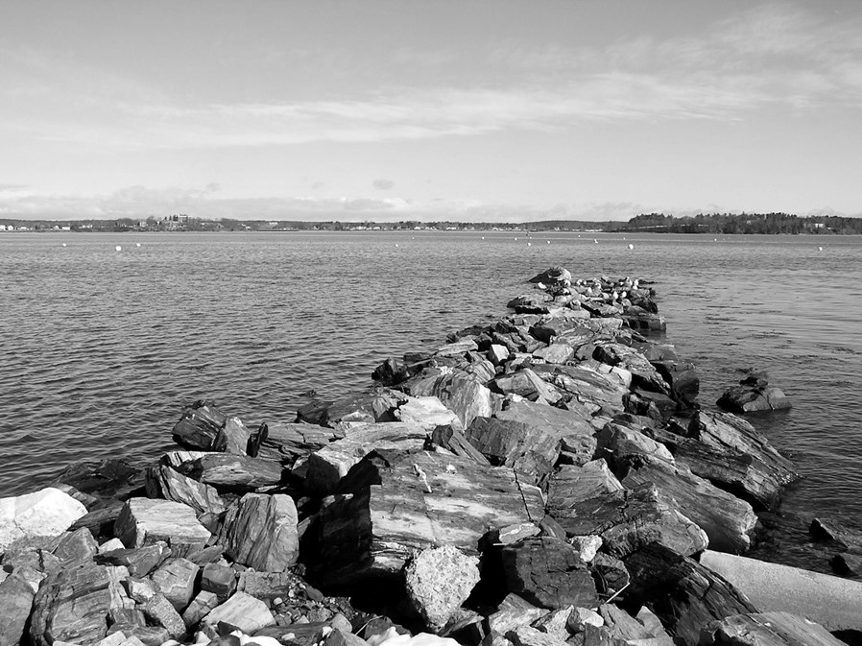

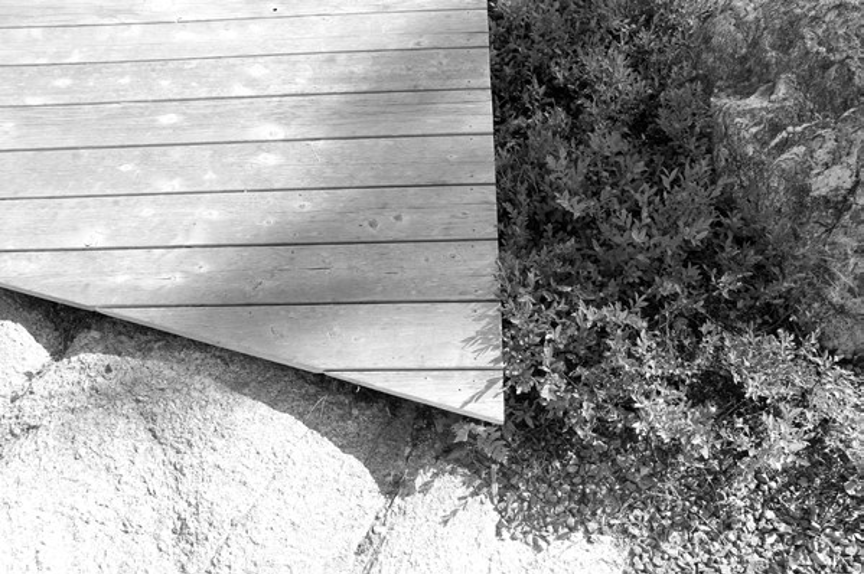

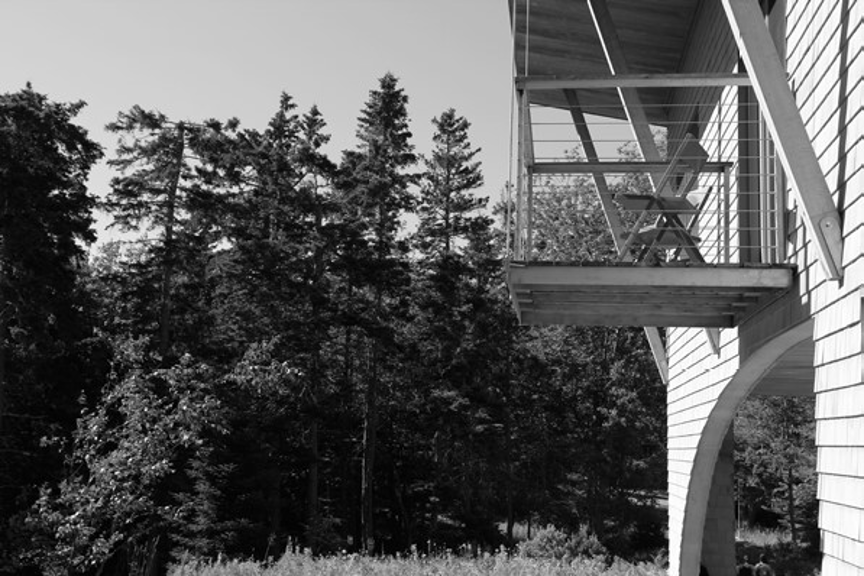
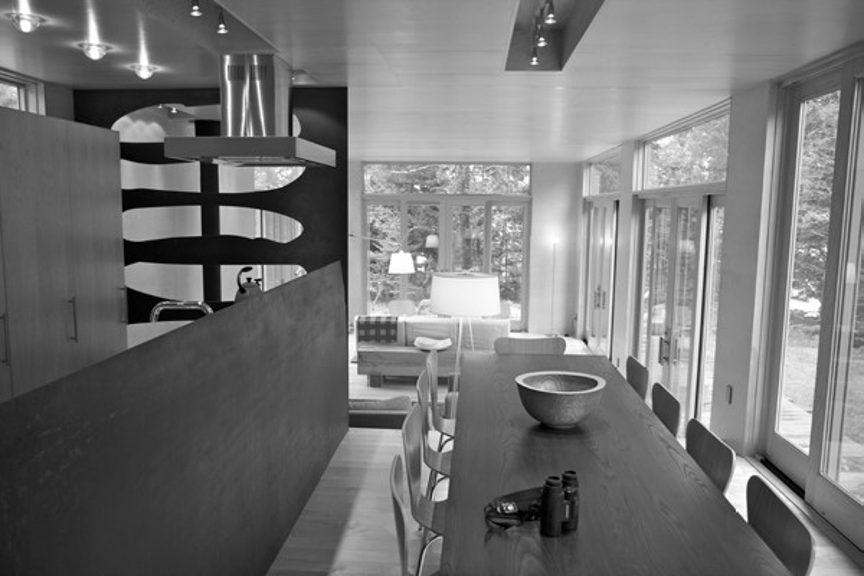

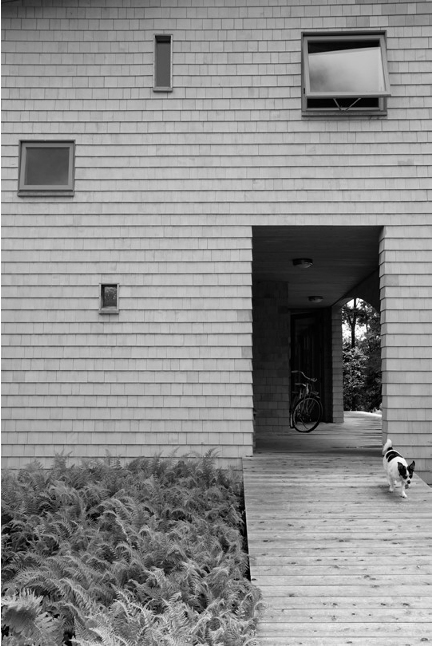
Photographs copyright Ben Jacks. Do not use for any purpose without permission of the author.
Notes:
- James Hillman, “Anima Mundi: Return of the Soul to the World”, in The Uniform Edition of the Writings of James Hillman, Volume 2: City & Soul, (Thompson, CT: Spring Publications, 2015), 33.
- Gernot Böhme, “On Synesthesia,” in The Aesthetics of Atmospheres, ed. Jean-Paul Thibaud (London: Routledge, 2017), 75. 3 Tonino Griffero, Atmospheres: Aesthetics of Emotional Spaces, tr. Sarah de Sanctis, (Farnum, Surrey: UK, Ashgate, 2014), 108-109.
- Gernot Böhme, “Architecture: a Visual Art? On the Relationship Between Modern Architecture and Photography,” in The Aesthetics of Atmospheres, ed. Jean-Paul Thibaud (London: Routledge, 2017), 149.
- Juhani Pallasmaa, The Eyes of the Skin, (West Sussex: UK: John Wiley & Sons, 2005).
- Ben Jacks, A House and its Atmosphere, (Ames, Iowa: Culicidae Architectural Press, 2017, forthcoming).
- Ben Jacks, “Sacred and Real: Instrumental and Transcendent Writing About Architecture and the Built Environment,” Seventh Architecture, Culture, and Spirituality Forum, June 18-21, 2015. http://www.acsforum.org/symposium2015/papers/jacks.pdf (accessed May 1, 2017)



